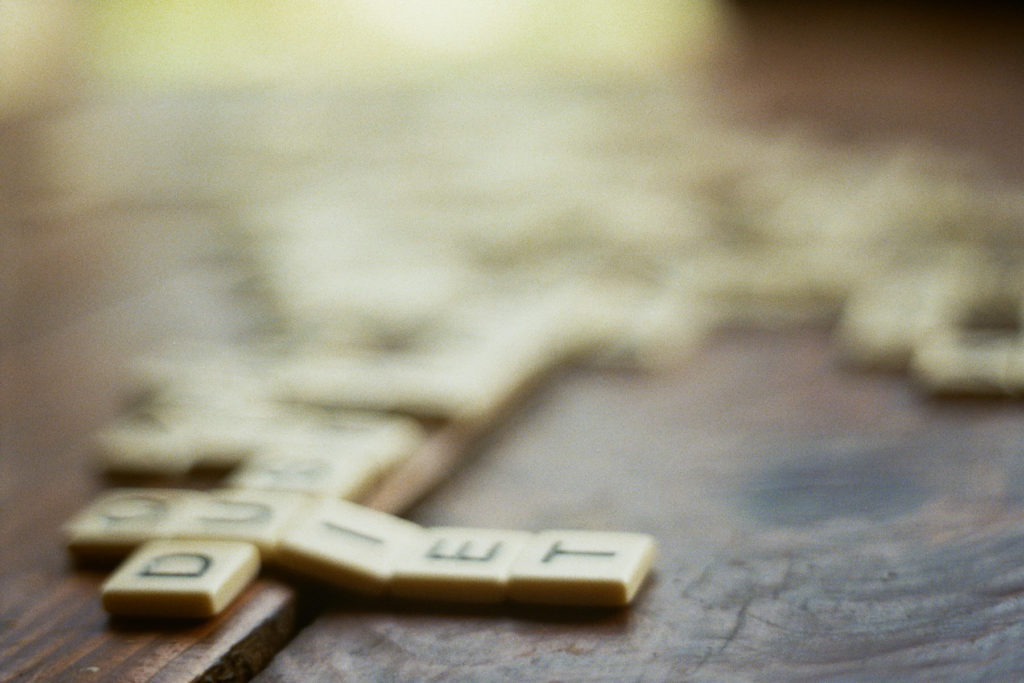Visual perception skills, such as spatial relations and figure-ground, are a necessary foundation for reading. On the most basic level, one must be able to differentiate words, letters, and punctuation marks. Developmental research has demonstrated that first grade students’ failures in visual perception directly affects their reading and writing skills. In contrast those with strong visual perceptual skills have fewer errors and highest writing scores. Therefore, it is critical that children who experience perceptual difficulties to be diagnosed and remediated early.
It is suggested that reading comes from two mechanisms. The first is where readers recognize words by sight alone, similar to looking up a dictionary. This acquisition occurs through experience and exposure of the reader throughout their lifetime as they build their vocabulary. The second is where readers ‘sound out’ words phonetically by relying on the parts of words and knowing how these parts associate with one another. An example of this is rhyming.
Visual Spatial Relations
This ability allows us to mentally manipulate an object into different orientations and understand where objects are in space and in relation to each other including identifying body parts.
What does Visual-Spatial difficulties look like in every day life?
- Reversals of b, d, p, q (this naturally occurs in most normal children until the age of 7)
- difficulties differentiating left from right, up from down
- difficulties reading charts, maps, and diagrams
- inconsistent transposing of numbers and/or letters
- losing track of reading when jumping to the next line
Activities that work on Visual-spatial ability include: puzzles, navigating obstacle courses, participating in physical activities including catching a ball and dancing
Figure-Ground
This ability refers to the ability to identify shapes and objects within a busy environment, or the ability to focus on an area of interest without being distracted by surrounding stimuli. I often see difficulties in this ability both in children and in my brain injury population.
What does Figure-Ground difficulties look like in every day life?
- can read individual letters or words, but cannot read them in the context of a paragraph or a story
- difficulty filtering out visual distractions of patterned objects (such as textiles or flooring), or busy environments (such as shopping malls or restaurants)
- difficulty sorting and organizing belongings and home environment
- difficulty recognizing misformed letters and uneven spacing
Visual perception is only one of the many components needed for reading. Audio perception, memory, attention, and language skills are others. Given the complexity, it is no wonder why the remedial of reading difficulties, commonly diagnosed as dyslexia, has such variation. Reading difficulties are also common in patients who have experienced a brain injury such as a concussion or stroke.
To read about more about specific visual skills needed for reading, see The Visual Challenges of Reading – Part 1.

